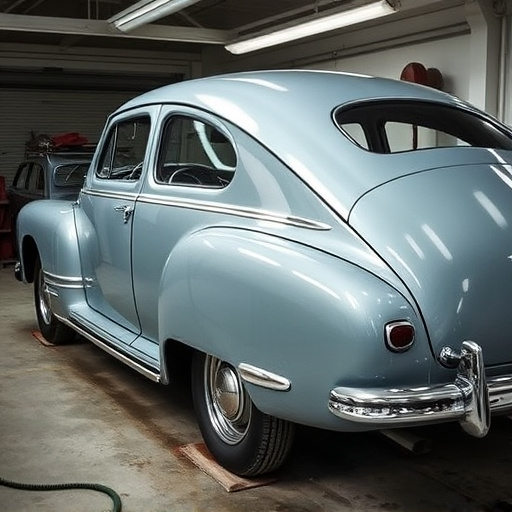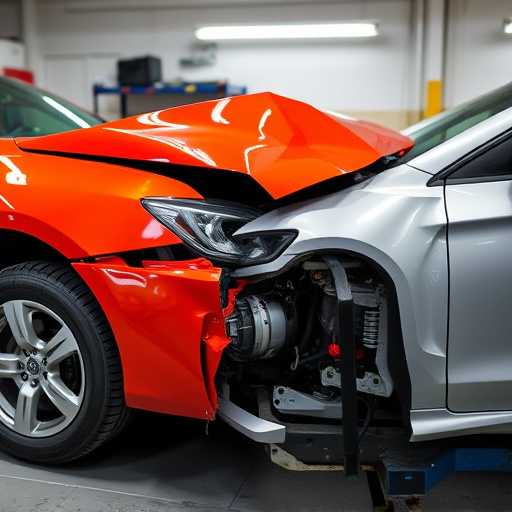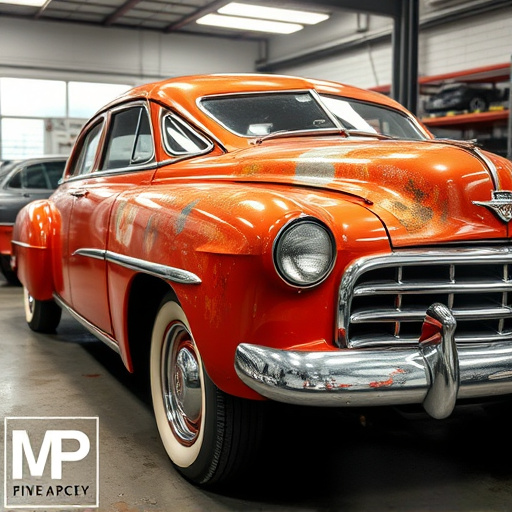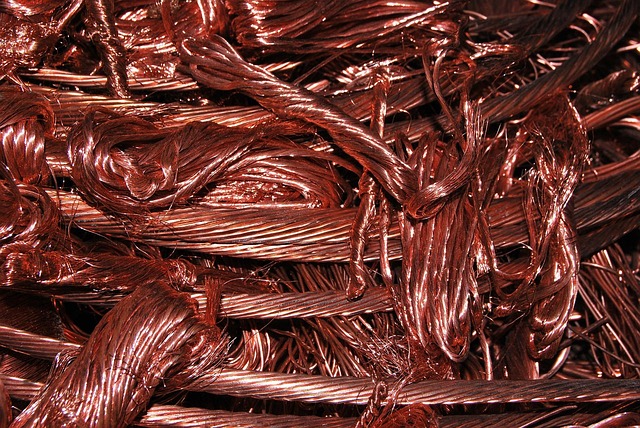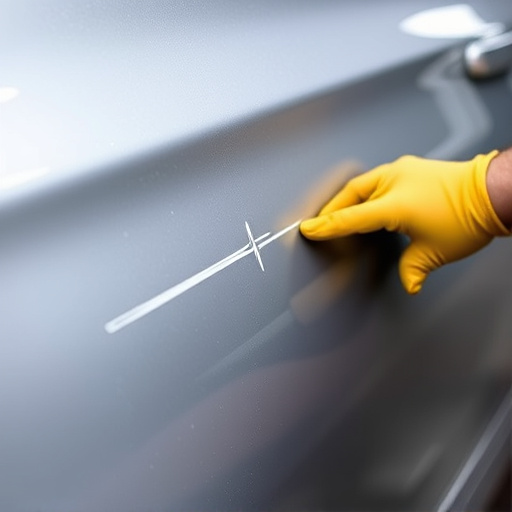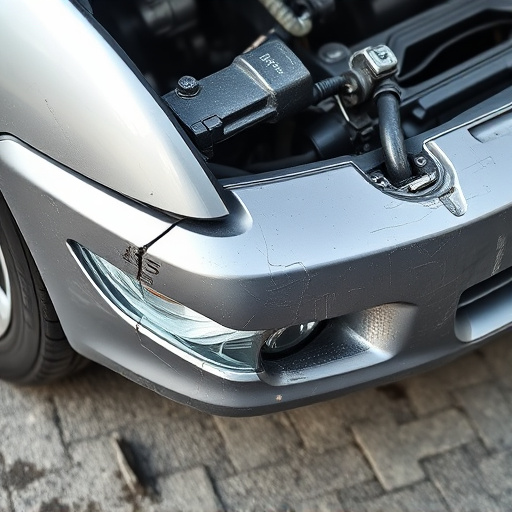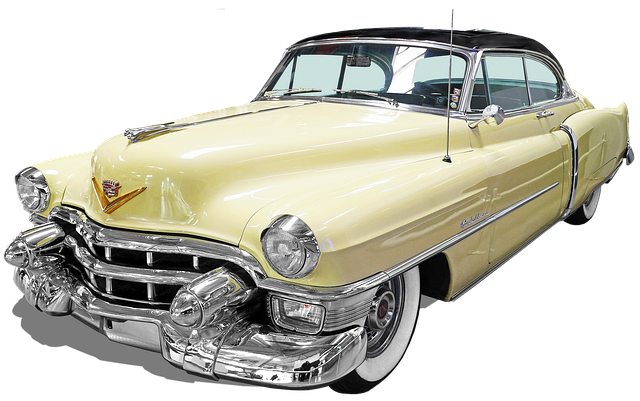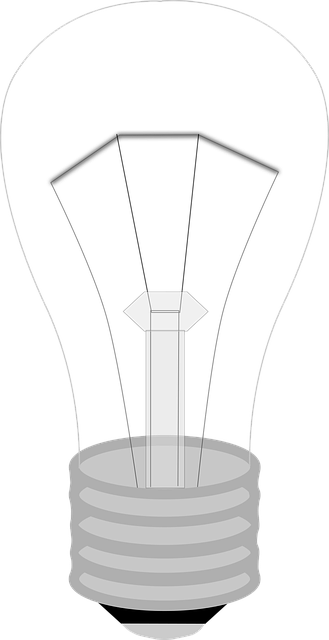Modern vehicles' aluminum panels commonly feature minor dents from minor collisions. Early repair is key to preventing structural damage and maintaining aesthetics. The right tools, like dent pullers and specialized equipment, enable DIY repairs with precision screwdrivers and sandpaper. A step-by-step process involves warming metal, positioning tools, and applying force until the dent disappears. Finishing techniques ensure a seamless, effective minor dent repair solution.
“Discover how to efficiently address minor dent damage on aluminum panels with this comprehensive guide. Understanding the unique characteristics of aluminum dents, you’ll equip yourself with the knowledge to tackle common issues. Learn about the essential tools and materials required for a successful repair process. Follow our step-by-step instructions for effective dent removal, ensuring your aluminum surfaces restore their original appearance. Master the art of minor dent repair today.”
- Understanding Minor Dent Damage to Aluminum Panels
- Tools and Materials Required for Repair
- Step-by-Step Guide to Efficient Dent Removal
Understanding Minor Dent Damage to Aluminum Panels
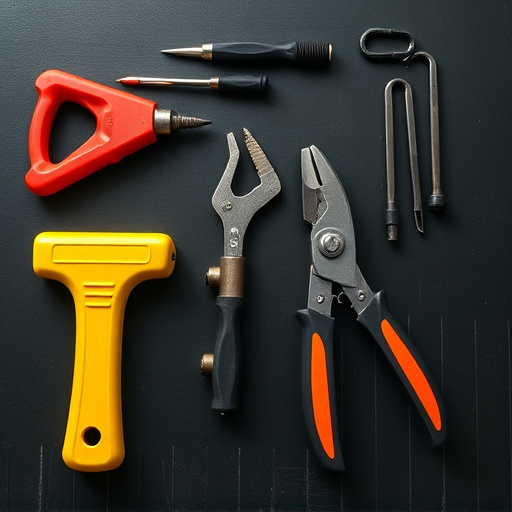
Aluminum panels are common in modern vehicle construction, including luxury brands like Mercedes Benz, making minor dent repair a valuable skill in car collision repair. Understanding what constitutes minor dent damage is crucial for both DIY enthusiasts and professionals in the body shop services industry. These dents can range from shallow depressions to more pronounced indentations, typically caused by minor fender benders or accidental bumps. While some may consider them unsightly, many minor dents do not compromise the structural integrity of the panel, making them ideal candidates for efficient repair methods.
Identifying these types of damages early on is key to preventing further deformation and ensuring the vehicle’s overall aesthetics remain intact. With the right tools and techniques, such as using specialized klips or air-powered dent removal tools, repairs can be swift and effective. This process often involves popping the dent back into place and holding it there until the metal springs back to its original shape, effectively removing the imperfection without leaving any traces of damage.
Tools and Materials Required for Repair
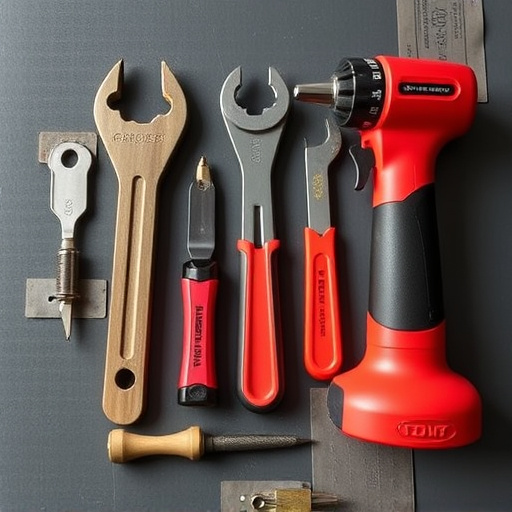
To successfully undertake a minor dent repair on aluminum panels, you’ll need specific tools and materials tailored for the job. For starters, a set of precision screwdrivers, including flathead and Phillips varieties, will be essential to carefully pry out the dented panel. A good quality putty knife is also necessary for applying filling compounds; opt for one with a sharp, thin blade for precise work.
Additionally, you’ll require a dent puller or a tab tool, which gently pulls the metal back into place without causing further damage. For finishing touches, sandpaper with varying grit levels and a clear coat or paint to match your car’s original finish are indispensable. Some may also opt for a metal primer as a base before applying the final coat, especially in cases of severe dents or rust prevention (a common concern in collision repair). Just like in any auto glass replacement or car scratch repair scenario, preparation is key; ensuring you have the right tools and materials will make the dent repair process smoother and more effective.
Step-by-Step Guide to Efficient Dent Removal
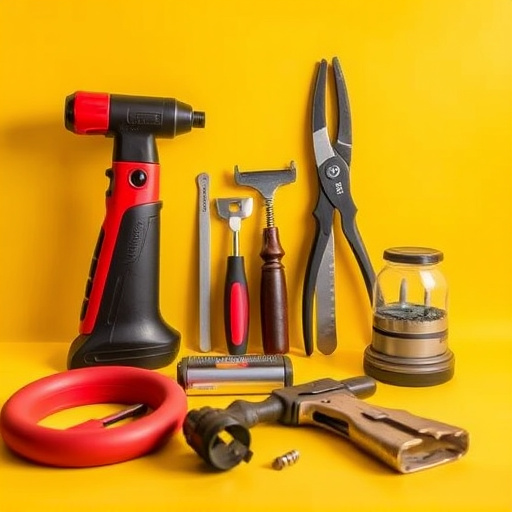
Removing minor dents from aluminum panels is a straightforward process that can be accomplished with the right tools and techniques. Here’s a step-by-step guide to help you efficiently restore your car’s bodywork:
1. Assess the Damage: Inspect the dent thoroughly to determine its size, depth, and location. Minor dents are typically shallow and don’t extend deeply into the panel. This initial evaluation will guide your repair approach.
2. Gather Materials: You’ll need a few essential tools for this task, such as a dent puller or remover tool designed specifically for aluminum, a mallet, and some plastic or rubber protective coverings. Auto body repairs specialists often recommend using a heat gun to warm the metal slightly before attempting removal, but be cautious not to overheat it to avoid damaging the panel.
3. Position the Tool: Place the dent puller tool over the dent, ensuring full contact with the aluminum surface. Some tools have adjustable clamps or grips for secure placement.
4. Apply Force: Using the mallet, gently tap on the tool’s handle, applying gradual and controlled force. This will start to lift the dented area. Be patient as you work, as sudden, strong strikes could mar the panel.
5. Adjust and Repeat: As the dent begins to pull out, adjust the tool’s position if needed to ensure uniform removal. Continue applying gentle force until the dent is completely removed. For larger dents, this process might need to be repeated in stages, allowing the metal to cool down between attempts.
6. Smoothen and Finish: Once the dent is gone, use the protective covering to prevent scratches during the final smoothing process. Gently rub the panel with a soft cloth or use a dedicated smoothing tool to blend the repair area seamlessly with the surrounding surface, ensuring your car bodywork services yield excellent results.
Minor dent repairs on aluminum panels can be efficiently handled with the right tools and techniques. By understanding the nature of minor dent damage, having the necessary materials at hand, and following a systematic approach, you can restore your aluminum surfaces to their original condition. This detailed guide provides a practical step-by-step method for effective minor dent removal, empowering you to tackle these repairs with confidence.
